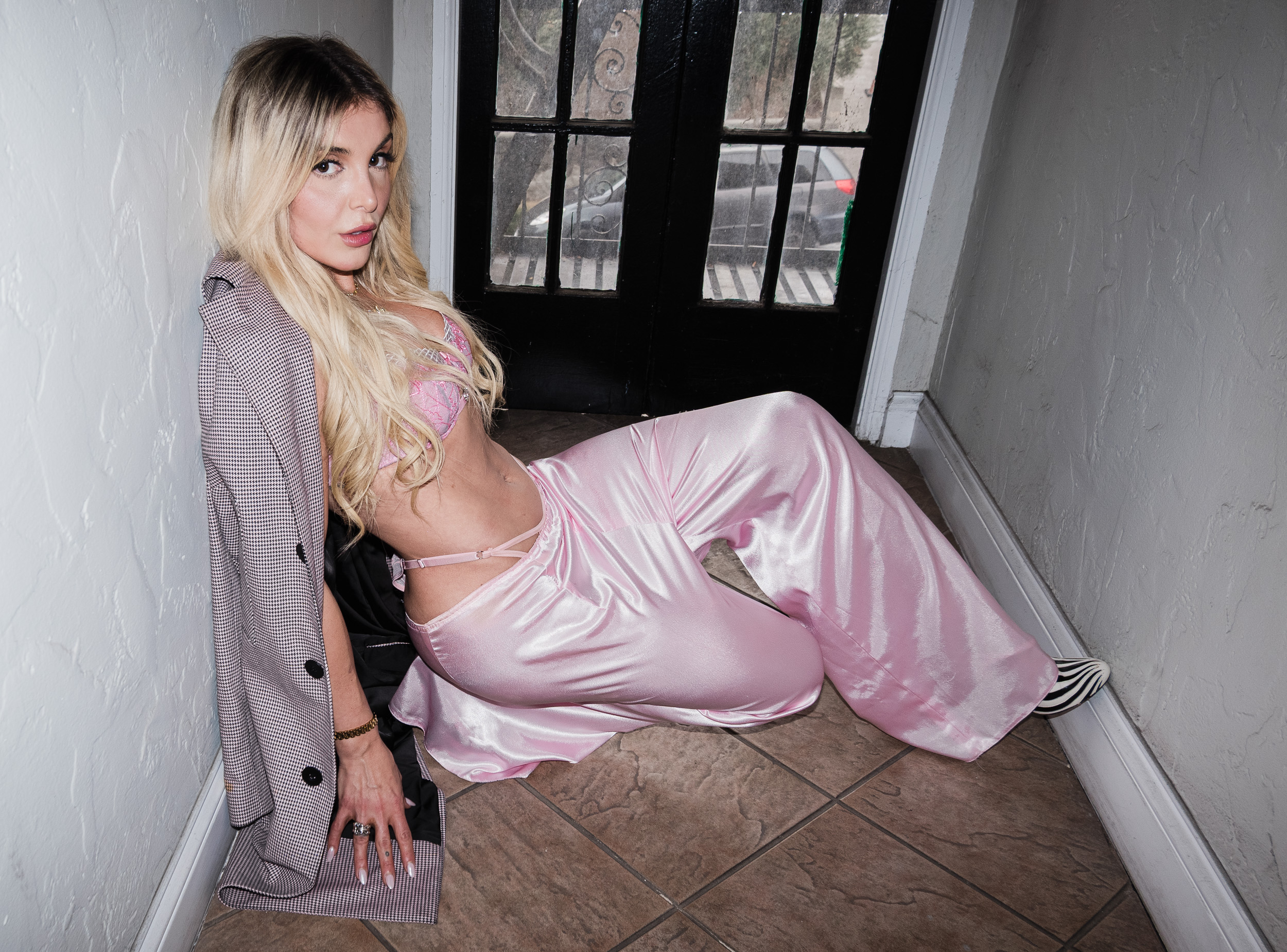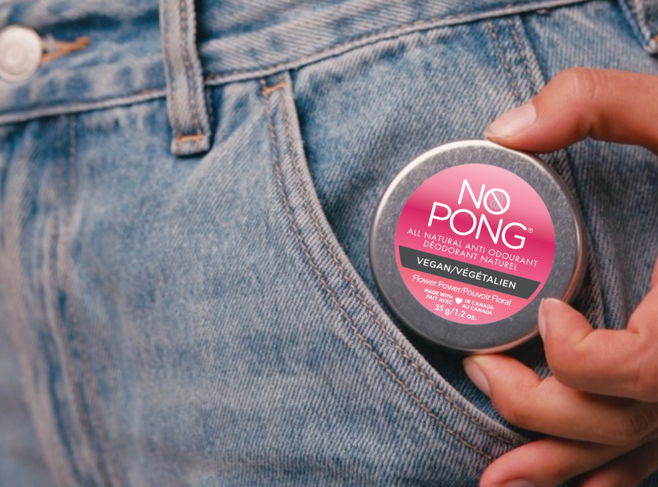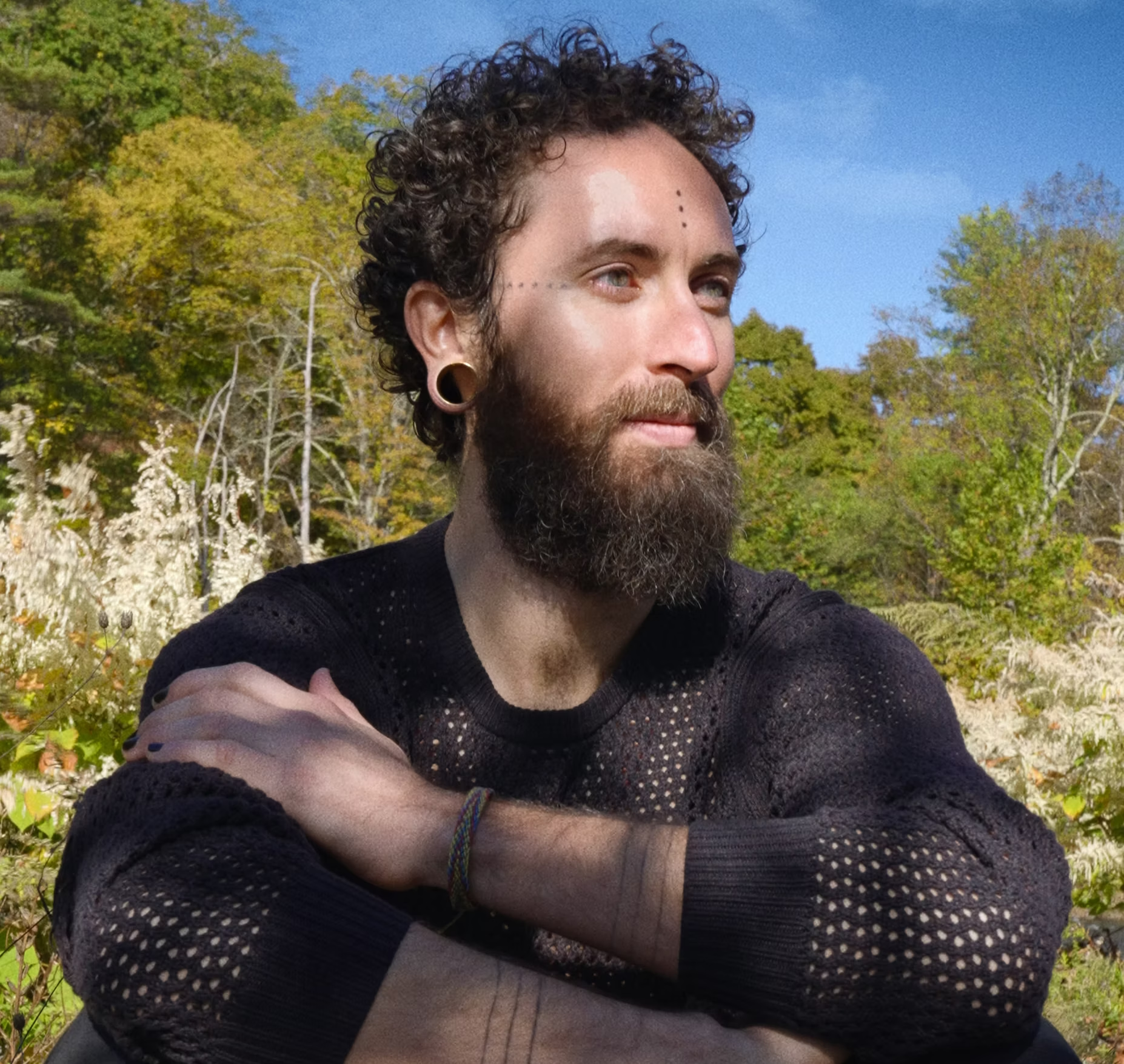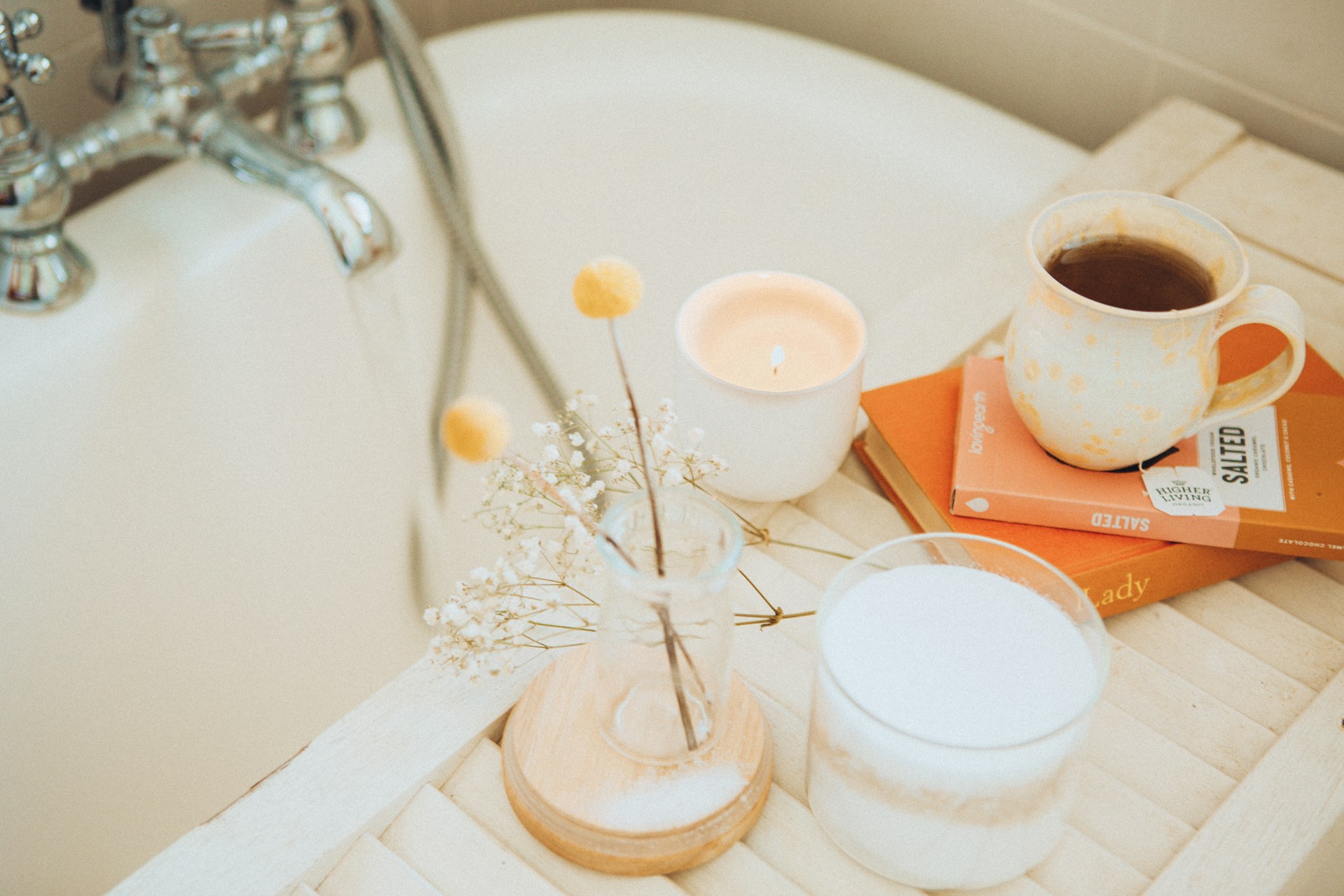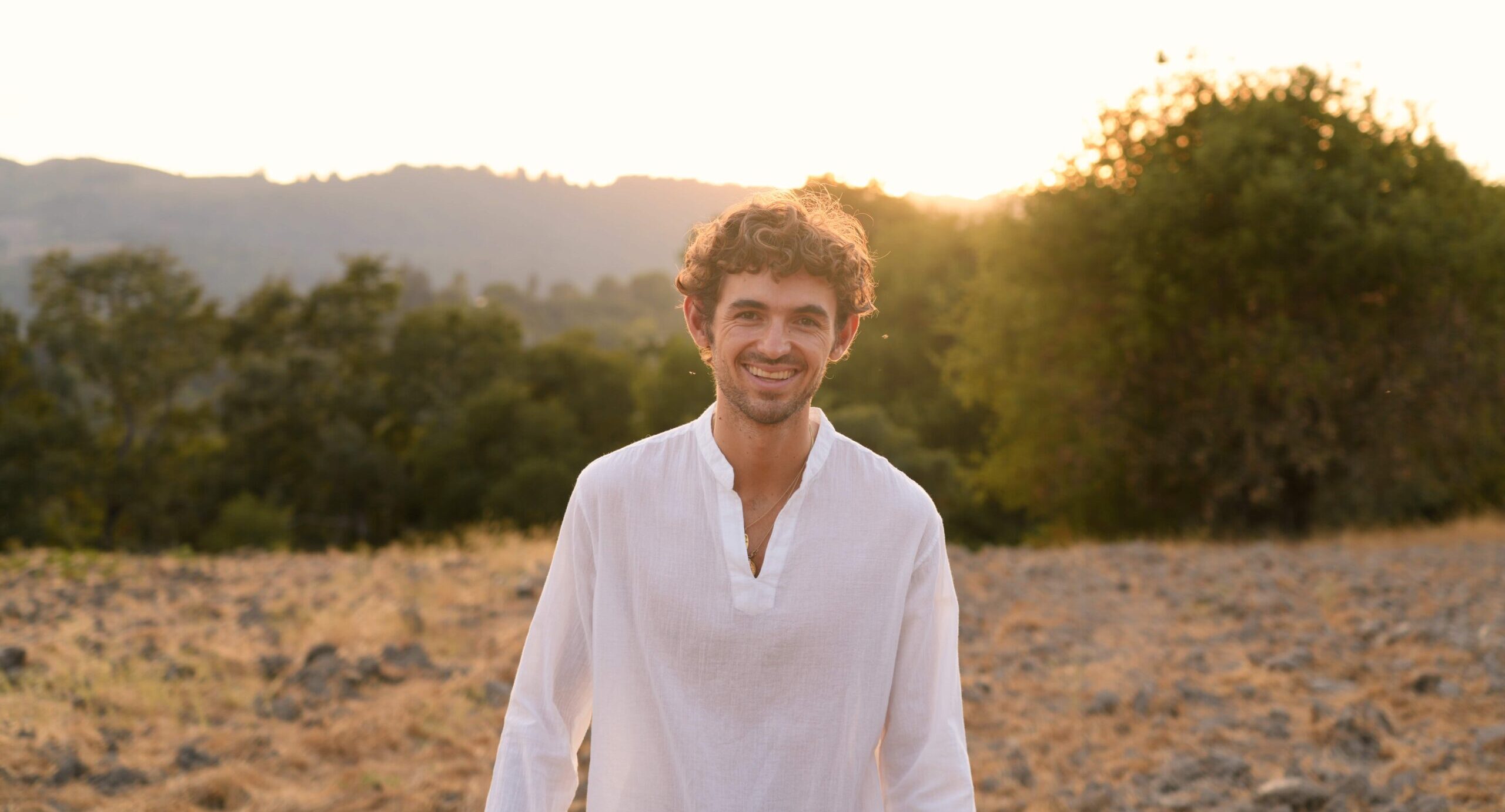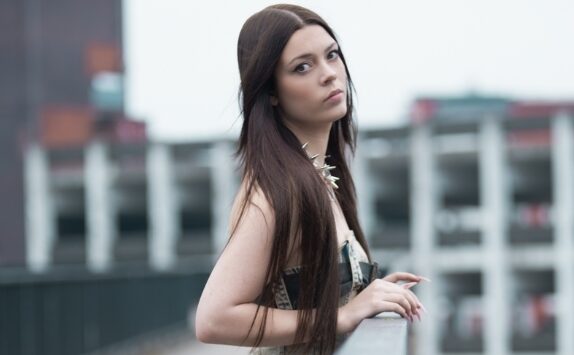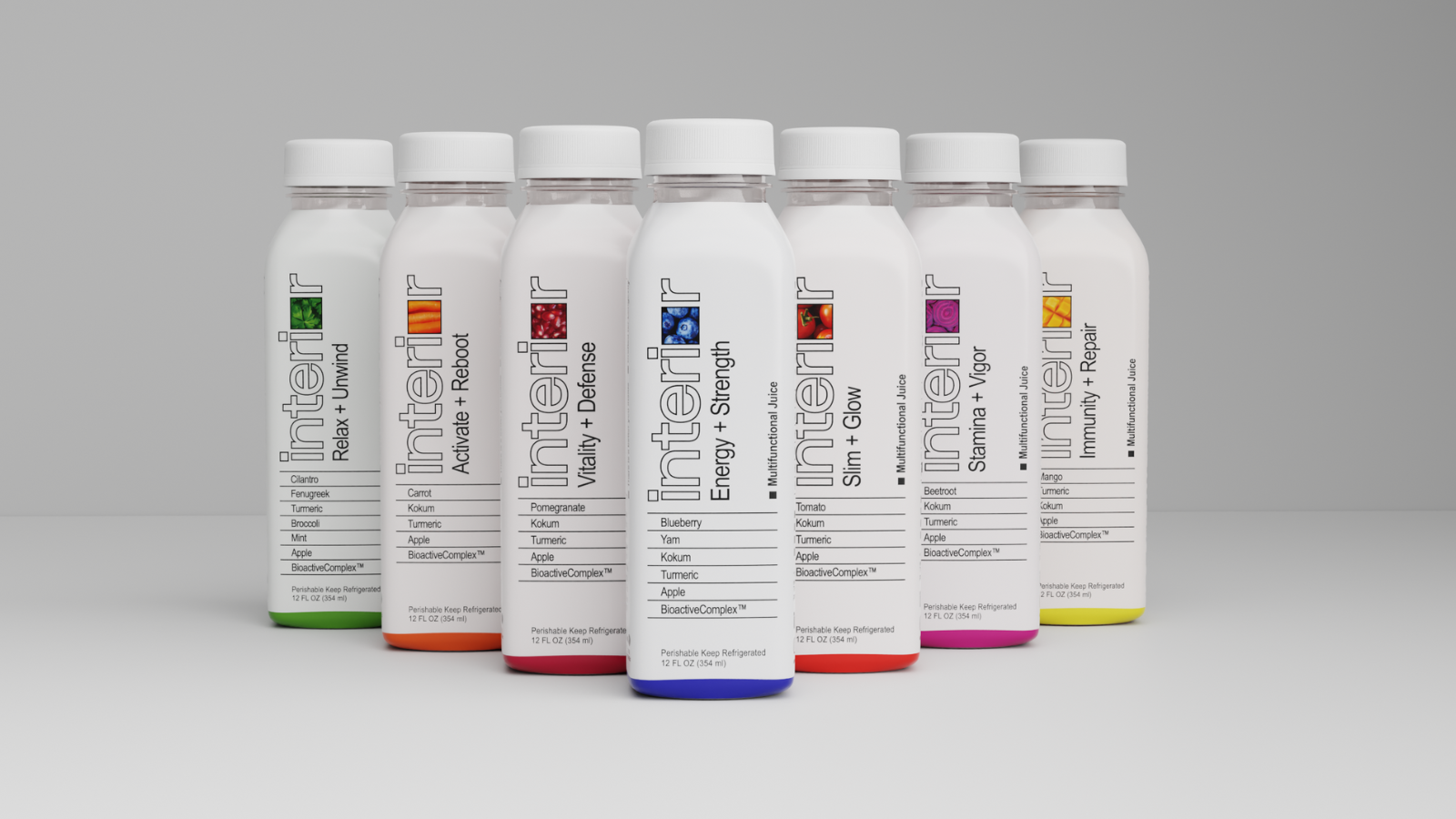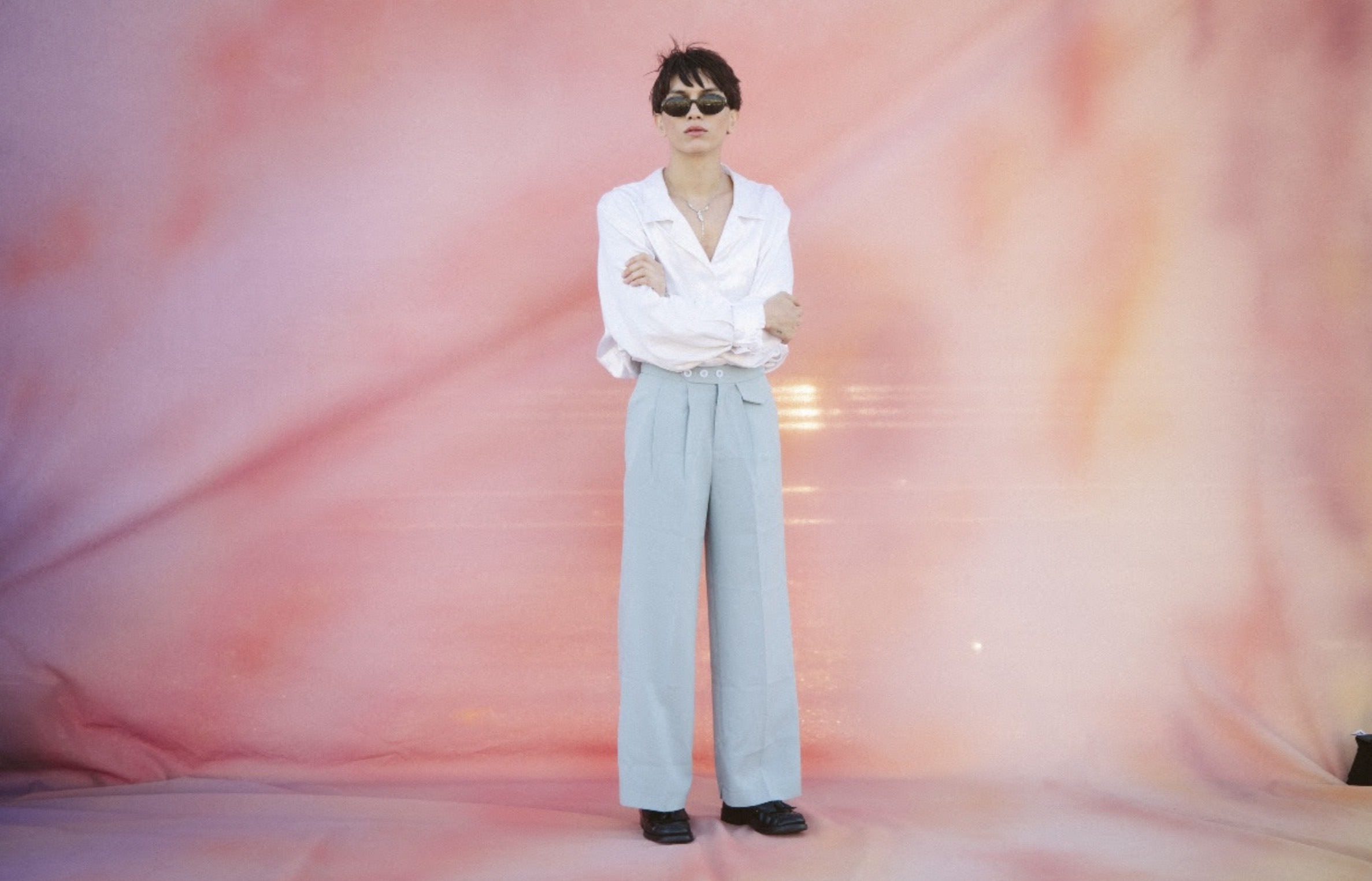Music
WALLETTE Reworks Judy Carter’s “Listen to the Music” for #RabanneRemix
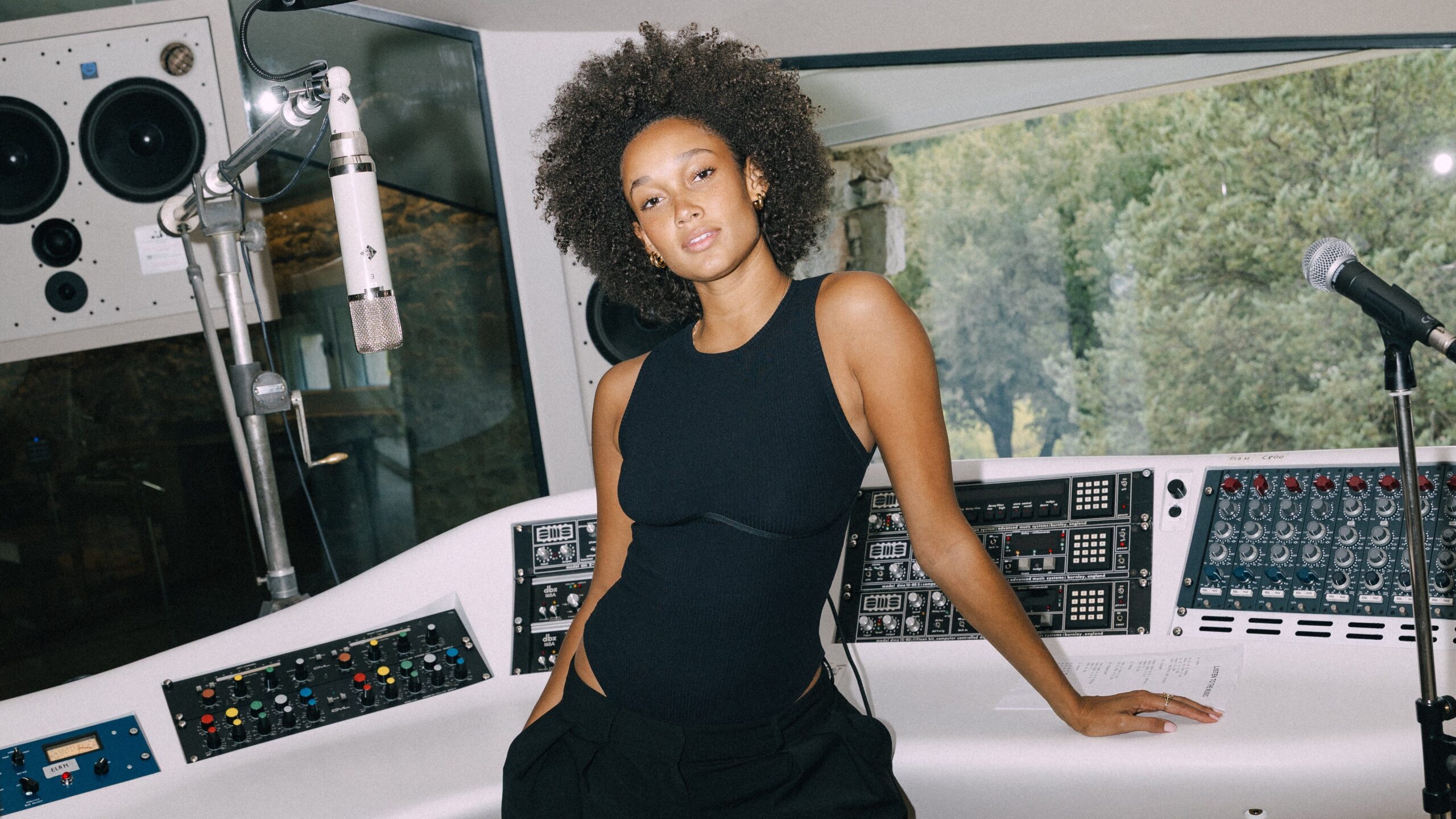
Rising singer-songwriter WALLETTE today has shared her rework of Judy Carter’s track “Listen To The Music.” Revealed through the #RabanneRemix Challenge held this summer, New York–based singer/songwritrer WALLETTE reimagines Carter’s disco-soul classic (Paco Rabanne Design, 1983) in a modern and luminous version recorded at Miraval Studios. Driven by WALLETTE’s powerful voice and infectious joy, this new take pays tribute to the energy and groove that made the song a hit back in the eighties.
Invited to spend time at Miraval Studios, WALLETTE recorded her new version of Listen To The Music alongside producer Damien Quintard — a soulful, uplifting take that captures the groove and spirit of the original hit.
Designed as a genuine live session, the track was recorded entirely in-studio, with contributions from multi-instrumentalist Augustin Charnet. The result captures the spontaneity and emotion of the moment, bringing a fresh, organic energy to the song while showcasing WALLETTE’s distinctive voice and personality.
Within the exceptional setting of Miraval Studios, the magic of the place met the power of her voice — creating a sound that feels both modern and deeply rooted in disco-soul.
“It’s one of those moments when you’re in a session and suddenly realize the artist in front of you has that thing, that star material. The kind of energy you can’t manufacture, because it’s woven into her DNA. I’m so proud of how the remix turned out, and even more excited to watch Wallet take over the world with her voice in the coming years.” — Damien Quintard, producer and co-founder of Miraval Studios
“Working with Damien and his whole team was nothing short of magical. He’s so in tune with every inch of the space it made collaborating effortless and so much fun. It was a truly heartwarming and inspiring journey. I’m so grateful for the amazing team and the freedom the studio gave us to experiment and create without limits. Safe to say we all had a really good time! Everything about the experience reflected what Rabanne is all about. Art, freedom, and staying true to who you are. It’s changed my life and I’ve never been more ready for what’s to come next.” — WALLETTE
Fans can discover more about WALLETTE here:
- Website: wallette.co
- Instagram: @wallettewatson (29K followers)
The #RabanneRemix challenge invited emerging artists to put their own spin on “Listen To The Music” by Judy Carter, resulting in nearly 150 submissions from around the world. With nearly 20 fresh entries arriving each week, the challenge highlighted a global wave of creativity and passion for music.
WALLETTE is a Brooklyn-based singer and songwriter from North Carolina, whose musical roots began in the church. Since moving to New York in 2016, her distinctive voice has carried her from collaborations with Off-White and Jil Sander to performances in New York, Rome, and Paris. Following her debut EP Trusting the Process (2020), she released Time (2023) and a 2024 collaboration with Grammy-nominated pianist Ray Angry. Now working on a new project, WALLETTE continues to showcase her vocal depth and emotional honesty, establishing herself as a bold and timeless voice of her generation.
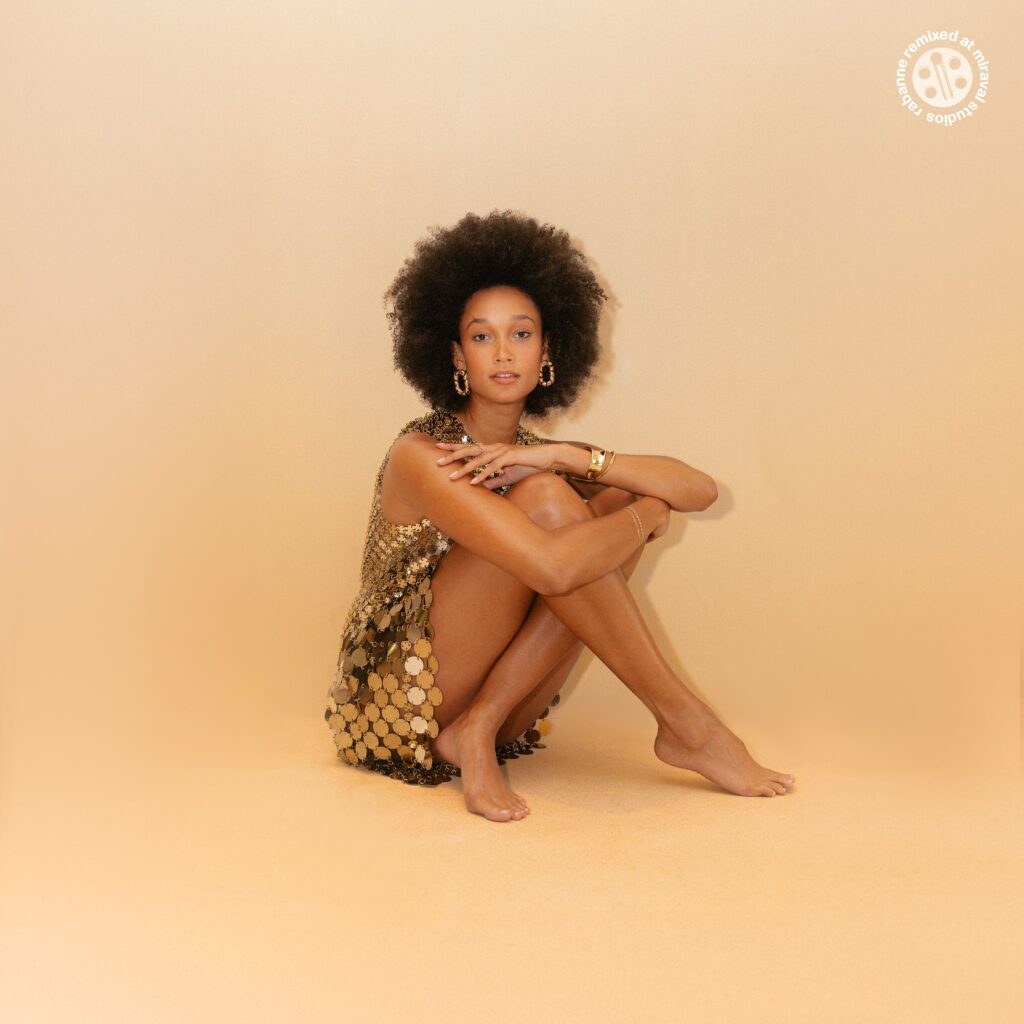
In the 1980s, Paco Rabanne wasn’t just dressing bodies — he was setting spirits in motion. Always ahead of his time, he was one of the first designers to merge fashion, music, and culture in a bold, forward-thinking way. Through his label Paco Rabanne Design and the Centre 57, he brought Afro, disco, and funk artists into the heart of Paris’s creative scene, championing diversity, inclusivity, and cultural hybridity.
“What I love is making music. Caribbean music, African music — all kinds of things. A fashion designer should also be a man of the arts, a complete artist.” Monsieur Rabanne (1984)
Rabanne has revived that musical legacy with a unique project in collaboration with the legendary Miraval Studios: a full remaster of his original Afro-disco catalog, brought to life with the expertise of producer Damien Quintard.
On July 9, the iconic single “Listen To The Music” by Judy Carter, originally released in 1983, returned to streaming platforms in a fully remastered version — produced at Miraval, France’s most coveted recording studio.
“I began my artistic career as a dancer touring Europe, where I met musician Roberto Valencia. Our creative partnership marked the beginning of my transition into music, starting with a studio recording for Guy Cuevas at Paris’ iconic nightclub Le Palace. That experience opened the door to my next major project—recording under the Paco Rabanne music label, which led to the track ‘Listen to the Music’, a vibrant fusion of Latin jazz and funk. I wrote and performed the lyrics, guided by emotion and supported by a brilliant team of musicians, including a standout piano solo by Roberto. Paco Rabanne personally styled me for the cover shoot, an empowering moment that made me feel fully aligned with my creative voice and image. Beyond the studio, I performed as a backing vocalist for Nancy Holloway and Sacha Distel, danced for Dalida, appeared in a Coca-Cola commercial for the 1984 Olympic Games, and worked internationally as a dancer and model in choreographed fashion shows across Europe and the U.S. A special highlight came in 1987, when I was chosen to appear in Prince’s music video “U Got the Look”, filmed at Bercy, Paris—an unforgettable moment in my artistic journey.” says Judy Carter.
We quickly chatted with WALLETTE:
What drew you to “Listen to the Music”, and what personal meaning does the song hold for you?
The first thing I felt when I heard “Listen to the Music” was pure joy. It made me want to be on a dance floor somewhere with friends, just laughing, moving, and forgetting about everything else for a minute. There’s something so freeing about it. In a world that can feel heavy at times, this track instantly lifts you up and reminds you what joy feels like. That’s what drew me to it, the lightness and that celebration of life. I wanted to hold onto that feeling and share it in my own way.
When you approached creating your rework, how did you balance honoring the original track while still making it feel uniquely “you”?
For me, it was really about holding onto that same feeling the original gives you, that joy and freedom, while letting my own sound and personality come through. I wanted to respect the groove and spirit that make it so timeless, but also bring a little bit of me into it. It wasn’t about changing it, but more about shining a different kind of light on it. Something familiar, but fresh, like a conversation between eras.
How do you hope listeners feel when they hear your version of “Listen to the Music,” and what impact do you hope it has on them?
I really hope it brings people the same kind of joy it brought me the first time I heard it. I hope it gives you the feeling where you just want to move, kick your shoes off, grab your friends, and dance without a care in the world. That’s the power of music. The power of music that in times has saved me.
So I hope it lifts you and reminds you how good it feels to just be. It’s joyful, it’s freeing, and it gives you permission to just let go for a little while. That’s the energy I wanted to carry through this version, and something I stand on in all of my music. Music that makes you smile, move, and brings you joy.
PACO RABANNE – BIO:
Paco Rabanne was born Francisco Rabaneda y Cuervo on February 18, 1934, in Pasaia, in the Spanish Basque Country. In 1939, fleeing the Spanish Civil War, his family — including his mother, who had worked as a première d’atelier at Balenciaga — took refuge in France. Spanish at heart and French by adoption, Francisco Rabaneda would soon become known simply as Paco Rabanne.
A nonconformist from the start, Rabanne rose rapidly through the world of fashion. After studying architecture at the École Nationale des Beaux-Arts in Paris, he began his career in the early 1960s by designing accessories for legendary couture houses like Balenciaga, Nina Ricci, Maggy Rouff, Philippe Venet, Pierre Cardin, Courrèges, and Givenchy.
In 1966, he presented his first manifesto collection: “12 Unwearable Dresses in Contemporary Materials”, created from Rhodoid plates and discs, linked together with metal rings. The show caused an immediate scandal — and applause. From that moment on, Paco Rabanne never stopped challenging fashion, not only in how it was designed, but in how it was presented. His bold experimentation prefigured the conceptual direction taken by many designers of the early 21st century.
He became known for a unique, hand-crafted approach to design — working with recycled materials, temporary garments, and experimental techniques long before they became mainstream. His revolutionary creations included paper dresses, fluorescent leather, hammered metal, aluminum jersey, and knitted fur.
In 1971, he was recognized by his peers and officially joined the Chambre Syndicale de la Haute Couture. In 2000, after more than three decades of boundary-pushing creativity, Paco Rabanne stepped away from the runway — leaving behind a legacy as a designer, artist, and radical thinker.
MIRAVAL STUDIOS – BIO:
Tucked away in the hills of French Provence, within the Domaine de Miraval, Miraval Studios is far more than a recording facility. It’s a legendary place — a creative sanctuary where music reconnects with its essence: free, intimate, timeless.
Originally founded in 1977 by French composer Jacques Loussier, Miraval quickly became a hidden gem for the world’s most iconic artists. Pink Floyd, The Cure, Sade, and Sting all left their mark on its mythic soundscape.
After nearly two decades of silence, Brad Pitt, owner of the estate, and Damien Quintard, a Grammy- and Emmy-winning producer, brought the studio back to life in 2022. Together, they transformed it into a state-of-the-art creative hub — blending bold artistic vision with acoustic precision and architectural elegance. This wasn’t just a renovation; it was a rebirth. A place reimagined for artists to pause, reflect, and create without limits.
Since its reopening, Miraval Studios has welcomed some of today’s most influential names in music, including Travis Scott, Kendrick Lamar, Justin Bieber, Nick Cave, and Sade, returning to the studio decades after her first recording there. These artists come in search of what Miraval uniquely offers: time, creative space, and a level of artistic care that’s become increasingly rare.
Today, Miraval is not just a place where music is made — it’s where music meets culture. As a creative partner and music supervisor, the studio works closely with leading fashion houses and forward-thinking brands to craft bespoke sonic experiences. These partners — often from the worlds of fashion, beauty, and design — turn to Miraval for what they can’t find anywhere else: a sharp ear, creative intuition, and access to a global network of A-list artists and producers.
Whether through discreet collaborations or high-impact cultural activations, Miraval acts as a bridge between worlds — helping brands tell their story through sound. Every project is built like a custom composition, crafted in close dialogue with today’s most inspiring musical talents.
In the end, Miraval Studios is more than a studio. It’s a label of excellence and daring, a creative beacon for those who believe music isn’t just background noise — it’s emotion, identity, and artistry, all rolled into one.

